The first grazing rotation is for the benefit of the grass, not the cattle.
By this, I mean that grazing out paddocks tight in the first rotation will remove all dead grass accumulated over the winter.
This sets grassland up with a fresh base for good quality grass to re-grow, similar to silage aftermath.
Spring grass will provide higher daily liveweight gain than the silage and concentrates diet fed indoors.
Irrespective of where you farm, you should have three things in your head for the incoming year:
When am I going out with fertilizer?
When do I hope to get stock out this spring?
What fields need to be reseeded?
Although it is the beginning of February, for many, the start of the grazing season is a long way off.
However, you should still make it a priority over the next month to draw up a simple grazing plan. That way, you will be better prepared for turnout later in spring when you are pre-occupied with calving and lambing.
If you farm on heavier soils, the principles in the article are even more relevant to your farm.
Heavy farms need a higher level of grassland management to avoid damage to swards.
Take early action to ensure there is sufficient grass at turnout to avoid potential problems if we get a late spring.
Key Component
Making better use of grass is a key component in the BETTER Farm programme. All farms are encouraged to prioritise cattle groups so that livestock are turned out to grass as early as possible.
As there is a huge variation between land type and grassland management, there is no ideal turnout date for a dry farm or a wet farm.
Weather is the biggest determining factor for when stock go back to grass.
Given the fodder shortages around the country, some farmers will need to get some cattle back to grass earlier than planned if fodder runs out.
It is easy to open the shed door and let cattle back to grass when the silo is empty. But if you have not closed ground up last winter in preparation for turnout, cattle will run out of grass very quickly. That is if there is any grass available.
Even if you have paddocks closed from October due to saturated ground, you need to manage the first grazing carefully to avoid eating off grass regrowth.
Therefore, set yourself some targets for turnout. Over the next fortnight, you should walk your farm to see what grass covers and ground conditions are like.
Make a note of what fields can take fertilizer or slurry and which paddocks could carry stock if they were needed.
For paddocks closed up in rotation, compare them to identify which ones have performed well over winter. Paddocks that have bare cover, or a high presence of white, dead grass should be noted for reseeding.




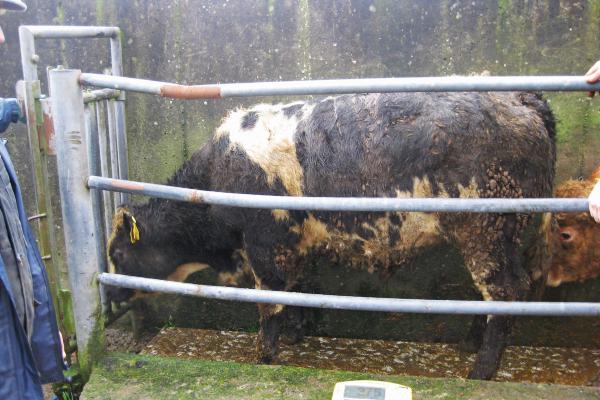
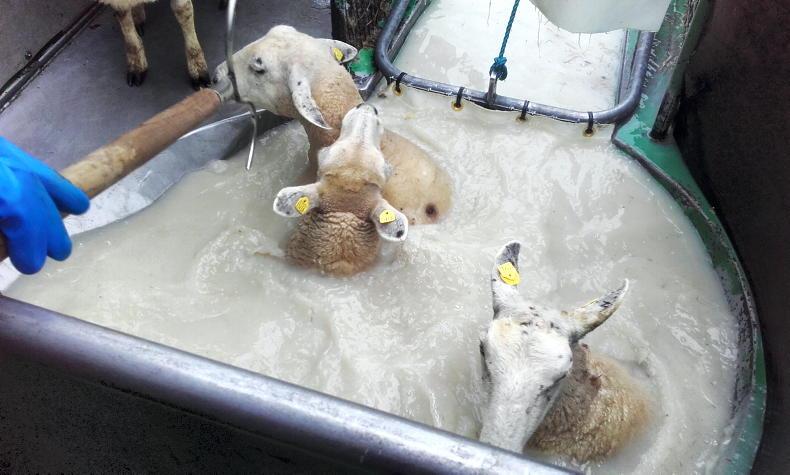

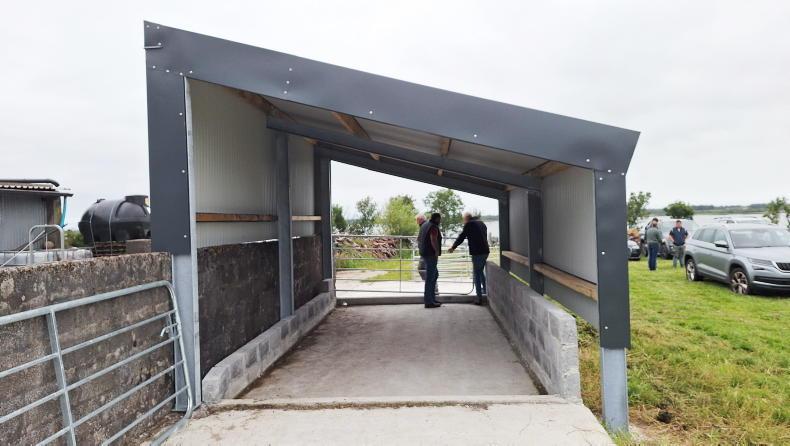
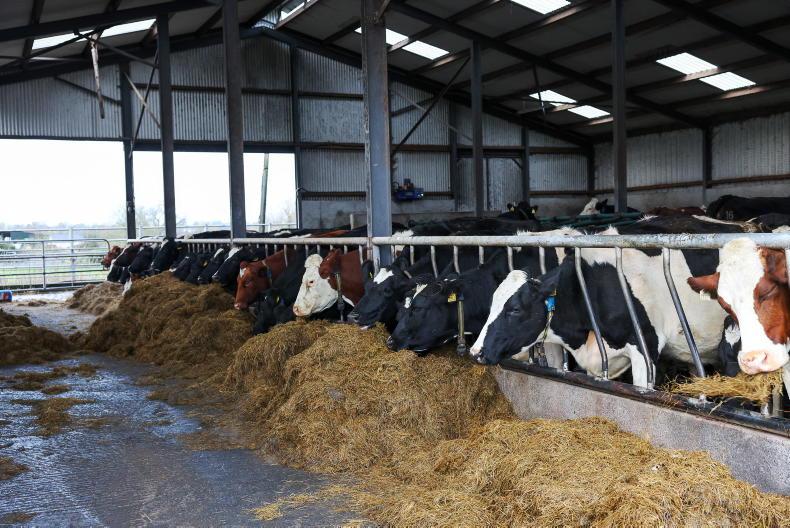
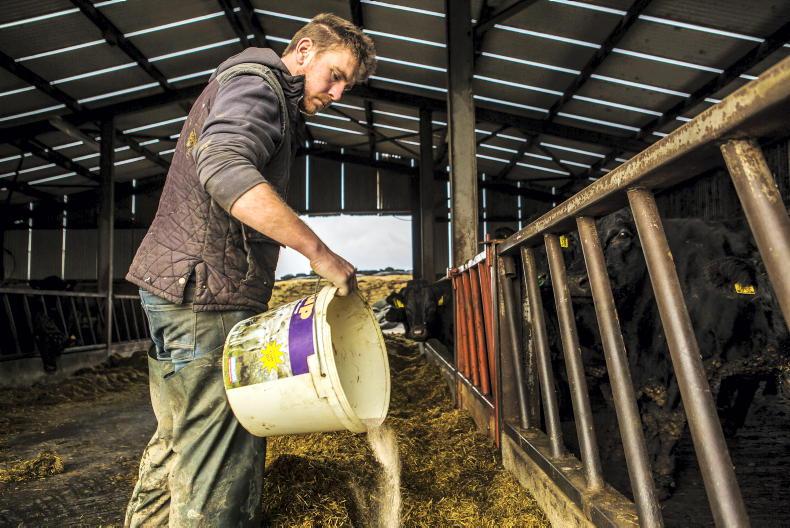
SHARING OPTIONS